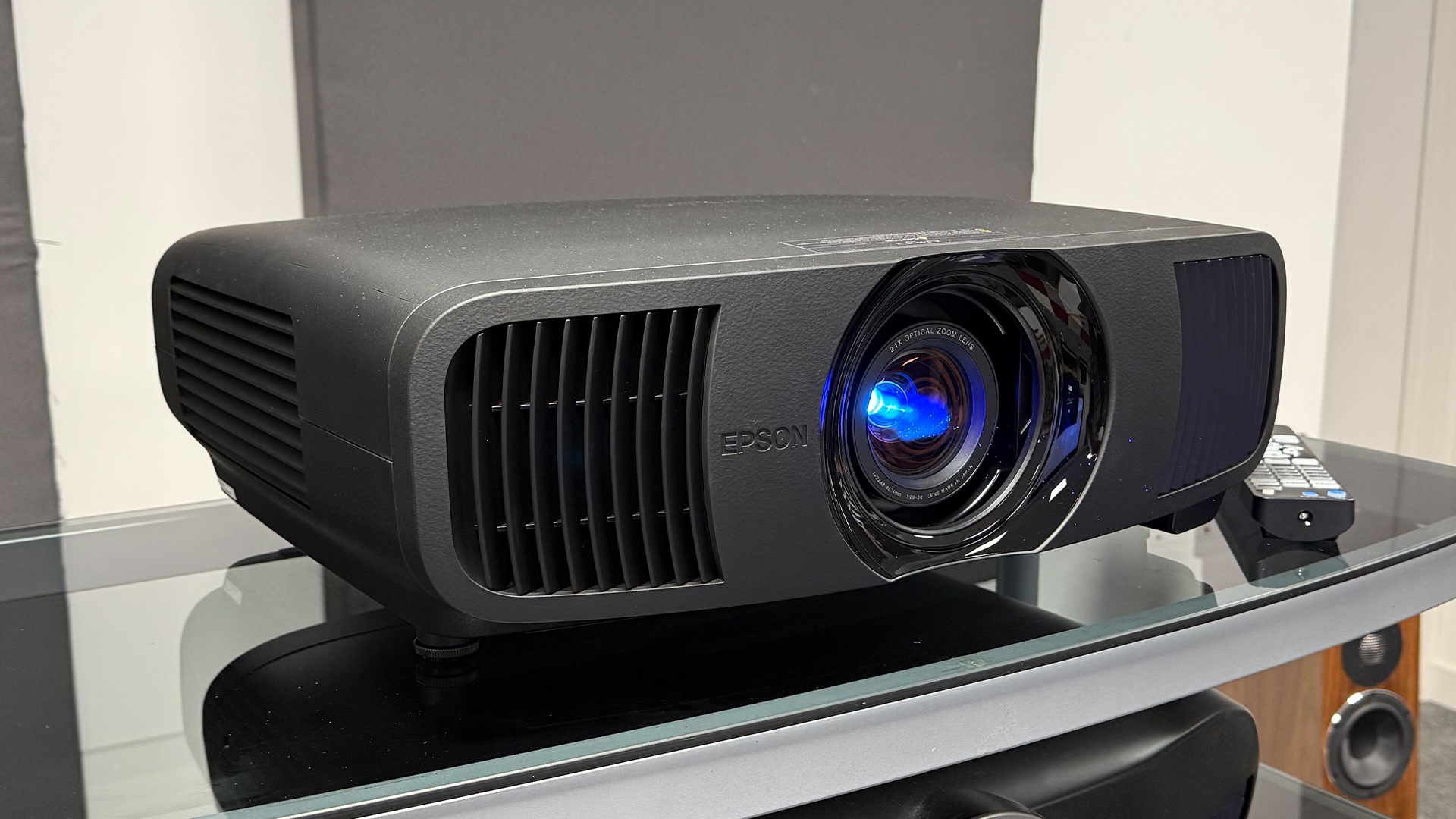LG QNED93 vs Sony Bravia 7: which Mini LED TV should you buy?
LG's first truly competitive LCD TV of recent memory faces off against Sony's proven Mini LED mastery
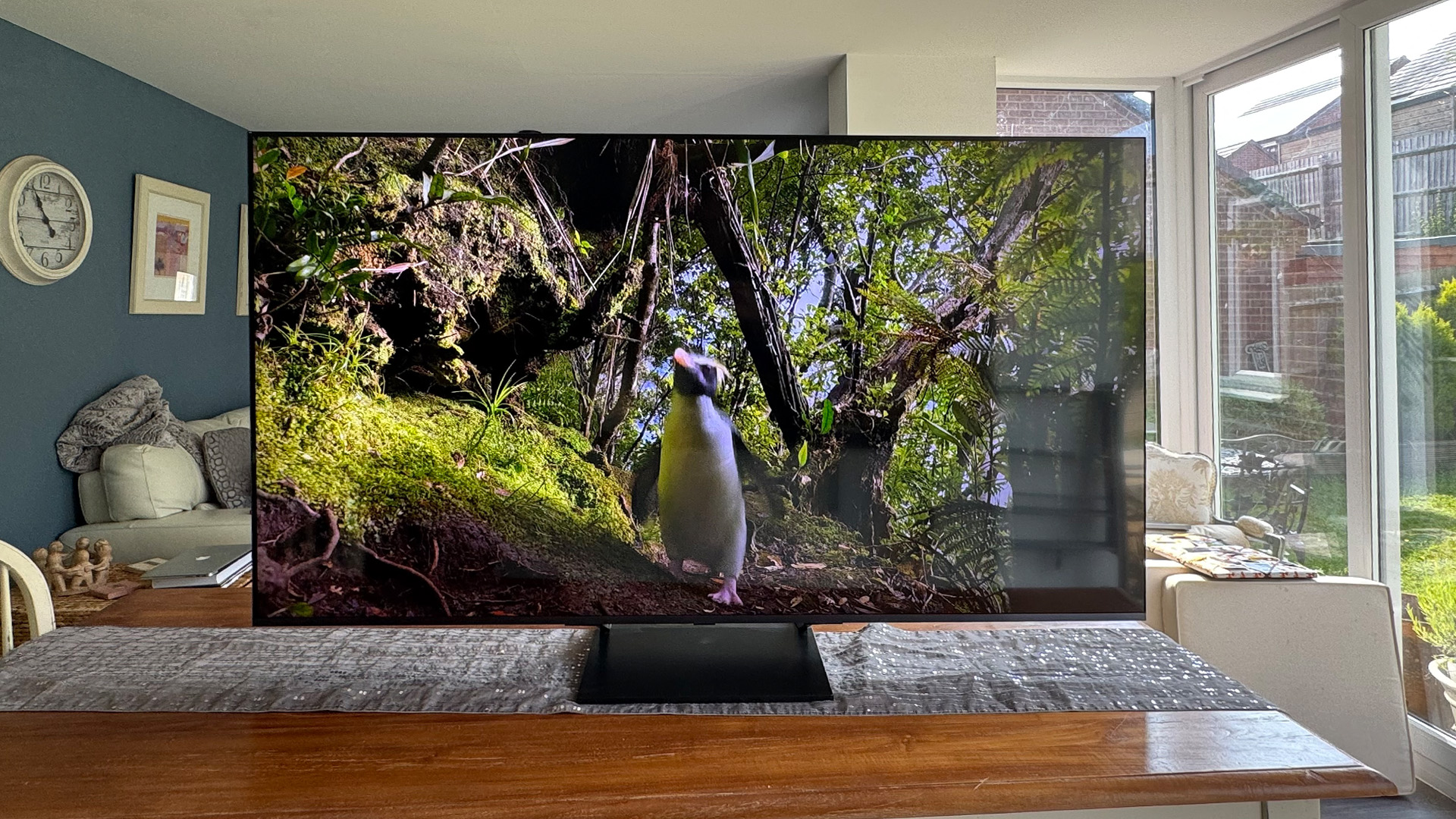
Screen size: 55, 65 (size tested), 75 and 85 inches
HDMI inputs: x 4 (all 48Gbps HDMI 2.1)
Gaming features: 4K/144Hz, 4K/120Hz, VRR, ALLM, Dolby Vision game mode, HGiG
Dimensions (hwd, without stand): 83 x 145 x 5.9cm (65-inch model)
An LG LCD achievement that finally delivers genuine black levels and impressive gaming connectivity, albeit with limitations that somewhat restrict its appeal. Note that only the 65-inch version has the superior VA panel.
Pros
- Often outstanding picture quality
- Excellent gaming support
- Good connectivity
Cons
- Sound distorts and lacks bass
- No HDR10+ support
- Only the 65-inch model has the premium VA panel
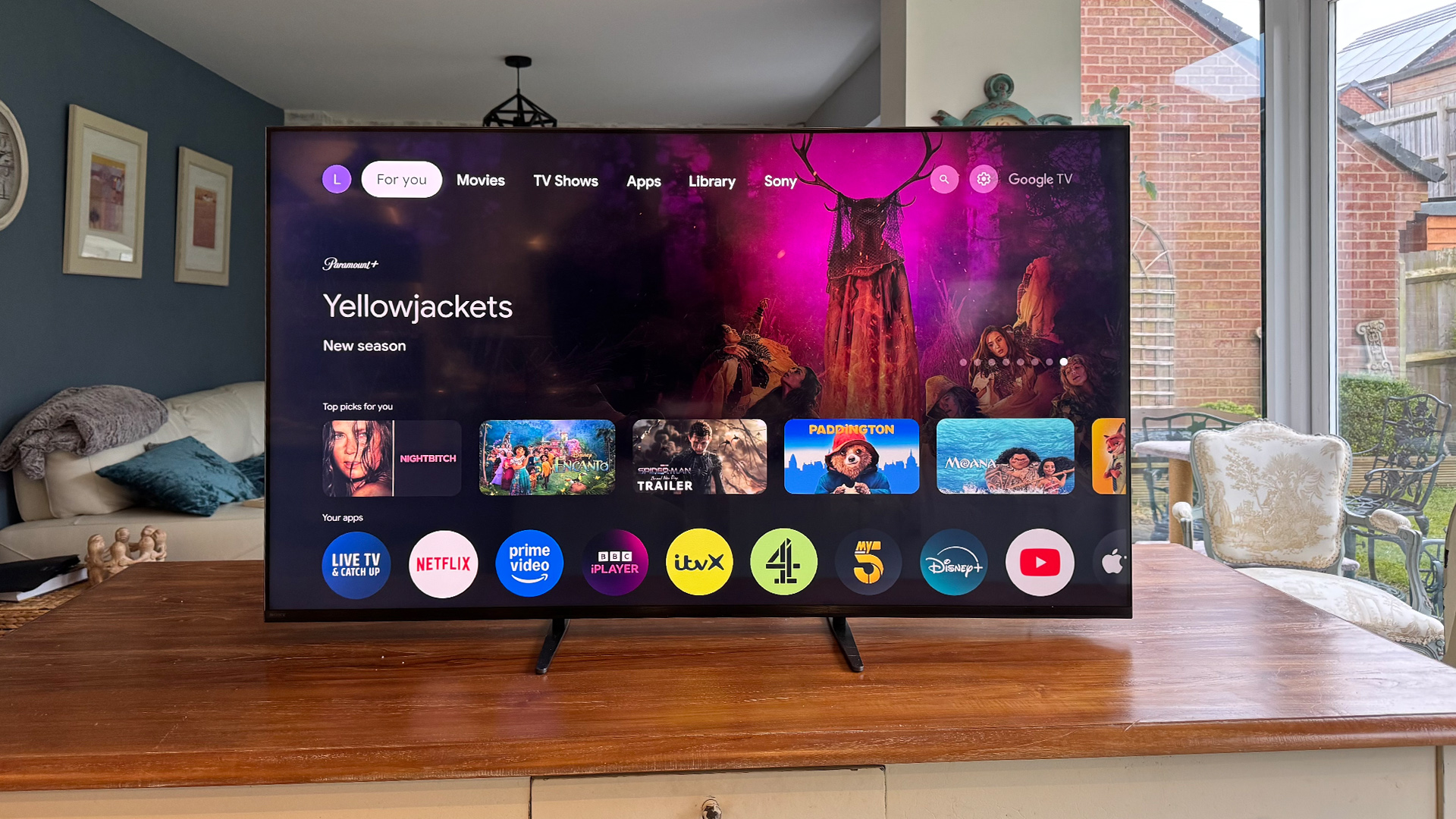
Screen size: 55 (size tested), 65, 75 and 85 inches
HDMI inputs: 4 x (2 x 48Gbps HDMI 2.1)
Gaming features: 4K/120Hz, VRR, ALLM, Dolby Vision game mode
Dimensions (hwd, without stand): 83 x 145 x 5.7cm (65-inch model)
A consistently excellent Mini LED display that demonstrates superior backlight control and reliable performance across all screen sizes, offering dependable picture quality and usable built-in audio.
Pros
- Outstanding colour and contrast
- Impressively clean and convincing backlight control
- Good sound quality
Cons
- No HDR10+ support
- Only two HDMIs support 4K/120Hz gaming
- Limited effective viewing angles
Buying the best TV to suit your needs can be a tricky endeavour. With all manner of the best OLED TVs and best Mini LED TVs vying for your attention, sorting through all the considerations can be a daunting experience.
And that brings us here. Below, you’ll find an in-depth comparison of two sets from LG and Sony – the LG QNED93 (or QNED92 in the US), and Sony Bravia 7.
Both models utilise Mini LED backlighting with local dimming zones, but their fundamental approaches to picture quality, connectivity, and user experience set them apart. Note that for this comparison, only the 65-inch LG model will be considered, as it’s the only size in LG’s QNED93 range that uses the superior VA panel.
Having thoroughly reviewed and rated both models, you should have a much better understanding of which one of the two best meets your needs.
LG QNED93 vs Sony Bravia 7: price and availability
LG's approach comes with some caveats. The QNED93 isn't available in the US at 55 inches, and while the UK price of £1299 might seem tempting, this size uses inferior IPS panel technology, so it won't perform as well as the 65-inch model tested.
The 65-inch model – the only one with the VA panel that makes this TV special – costs £1799 / $1700 / AU$2799.
Step up to the larger sizes, and you're paying premium money for less superior IPS panels. The 75-inch version costs £2699 / $2299 / AU$3599, while the 85-inch model is £3799 / $3499 / AU$4999.
The latest hi-fi, home cinema and tech news, reviews, buying advice and deals, direct to your inbox.
Sony's Bravia 7 takes a more straightforward approach, with all sizes featuring VA panel technology.
While that doesn't mean all versions will perform identically (the number of dimming zones will vary, for starters, and there can be more differences beyond that), it does suggest a degree of consistency that almost certainly won't be matched by the LG QNED93.
The 55-inch model we reviewed costs £1299 / $1900 / AU$2499 – matching LG's UK pricing but delivering superior panel technology.
The 65-inch Bravia 7 costs £1699 / $2300 / AU$2999 (undercutting LG by £100 in the UK), while the 75-inch is priced at £1949 / $2800 / AU$3799, and the 85-inch reaches £2699 / $3500 / AU$4599.
When you factor in that the Sony should deliver more consistent performance across all sizes, while the LG has a definite sweet spot of 65 inches, the value equation becomes pretty clear.
Of course, these prices can and will change over time, but for now, we're giving this round to the Bravia 7.
**Winner: Sony Bravia 7**
LG QNED93 vs Sony Bravia 7: design and build
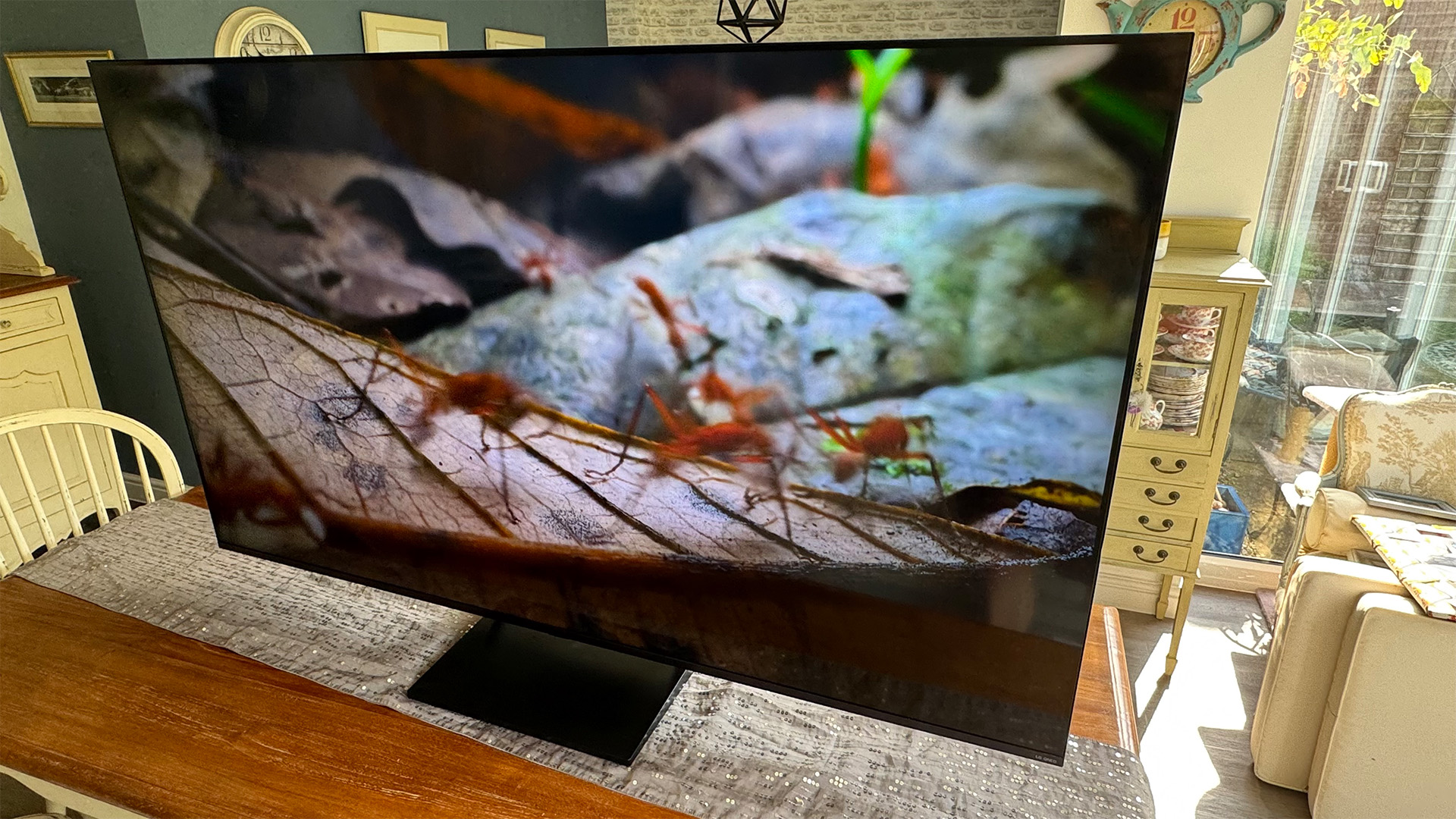
The LG QNED93 has a central mounting system featuring a rectangular base plate supported by dual slender neck supports. This creates an open-backed aesthetic that reduces visual distraction while requiring less furniture width than traditional corner-mounted feet.
The design also has a textured silvery finish on the outer edges that gives it a premium feel, with a relatively flat rear profile suitable for wall mounting.
Sony's Bravia 7 continues the brand's flush screen and frame philosophy, creating an immediate premium visual impression. The included feet system offers exceptional flexibility with four configuration options – wide corner placement or centralised positioning, each available in low or raised variants to accommodate soundbar installation.
Overall, both TVs look the part, with practical stands that should make them easily suited for most home setups.
**Winner: Draw**
LG QNED93 vs Sony Bravia 7: features and connectivity
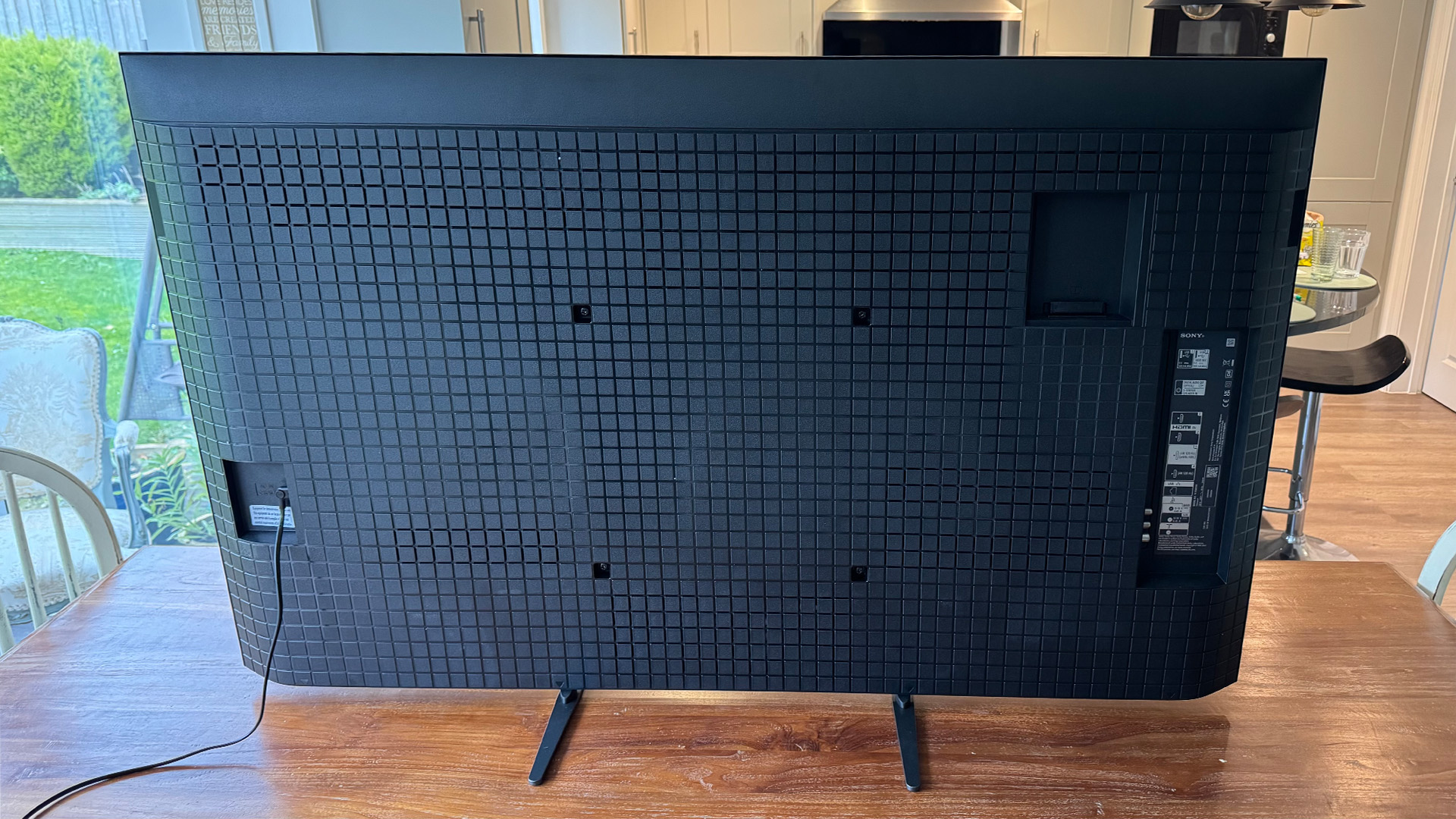
Both TVs support HDR10, HLG and Dolby Vision, but neither includes HDR10+ compatibility. Where they differ is in their smart platform approach and HDMI connections.
LG's webOS 25 brings impressive AI features that sound great on paper. Voice recognition for different family members means personalised recommendations, and there's an AI Concierge system that promises to learn your viewing habits.
UK buyers initially faced some frustrating app gaps, with ITVX, All4 and My5 all missing, but these have all now been added.
Sony's Google TV with YouView integration covered all the UK catch-up bases from day one.
You also get calibrated modes for Netflix, Prime Video, and Sony Pictures Core that automatically adjust picture settings to match the content creators' intentions. Add IMAX Enhanced certification and Perfect for PlayStation 5 compatibility, and you've got a more complete experience out of the box.
If gaming is your priority, though, the QNED93 has a clear advantage. All four HDMI ports support the full 2.1 specification, enabling 4K/144Hz (and 4K/120Hz) gaming with just 9.6ms input lag. That's seriously impressive for competitive gaming, where every millisecond counts.
The Bravia 7 counters with solid but not spectacular gaming features. You get 4K/120Hz across two of its four HDMI ports, with a higher 17.9ms input lag.
It's still perfectly playable (most people agree that any improvements over 20ms are imperceptible), but the LG edges ahead for serious players primarily on account of those extra HDMI 2.1s.
Both TVs support VRR, ALLM, and Dolby Vision gaming.
**Winner: LG QNED93**
LG QNED93 vs Sony Bravia 7: picture
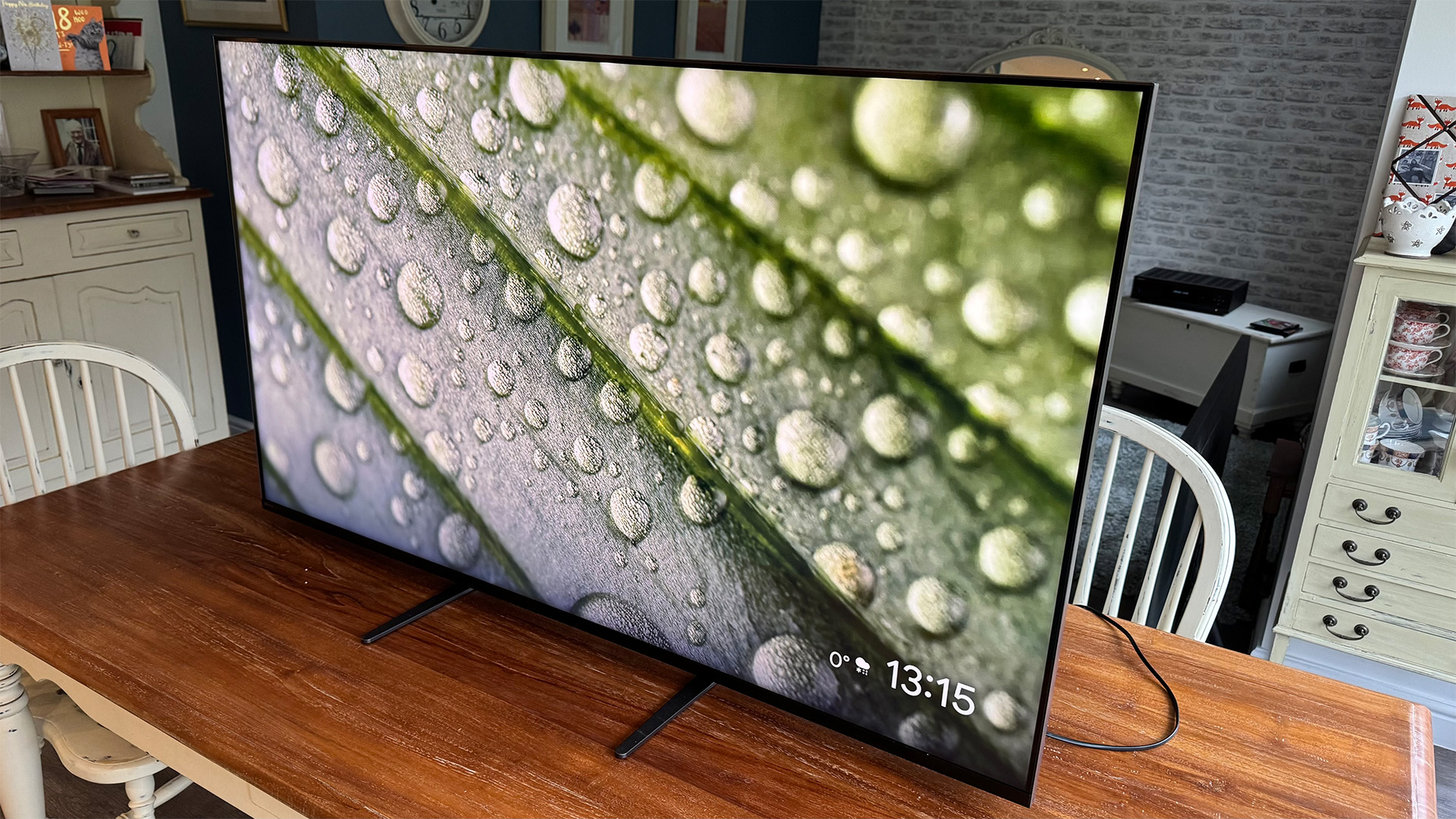
The LG QNED93 utilises VA panel technology exclusively in the 65-inch version. All other screen sizes continue employing LG's traditional IPS panels, which can’t achieve the contrast performance described in reviews.
The 65-inch QNED93 has 486 local dimming zones, which is a substantial improvement over previous LG LCD models. The new Dynamic QNED Pro Colour system also replaces traditional Quantum Dot technology, with fluorescent elements designed to reduce colour contamination and improve spectrum coverage.
Sony's Bravia 7 employs Mini LED backlighting with over 300 local dimming zones in the 55-inch model, driven by Sony's XR Backlight Master Drive system. The combination of Mini LED technology and Quantum Dot enhancement through Triluminos Pro delivers wide colour gamut reproduction, while maintaining natural accuracy across varied content types.
As for performance, the 65-inch LG achieves genuinely black dark scenes, eliminating the grey, green, or blue tinting that has historically compromised LCD displays.
However, our review uncovered minor blooming during complex mixed-lighting scenarios, occasional baseline brightness fluctuations during scene transitions, and a narrow band of muddiness around edges during bright content. The brightest HDR highlights can appear slightly clipped of subtle detail.
In comparison, Sony's Bravia 7 demonstrates exceptional backlight isolation capabilities, maintaining both deep blacks and bright highlights within individual scenes containing mixed lighting conditions.
There’s minimal blooming around bright objects against dark backgrounds, with consistently controlled performance across all content types without the fluctuations that affect its LG rival.
**Winner: Sony Bravia 7**
LG QNED93 vs Sony Bravia 7: sound
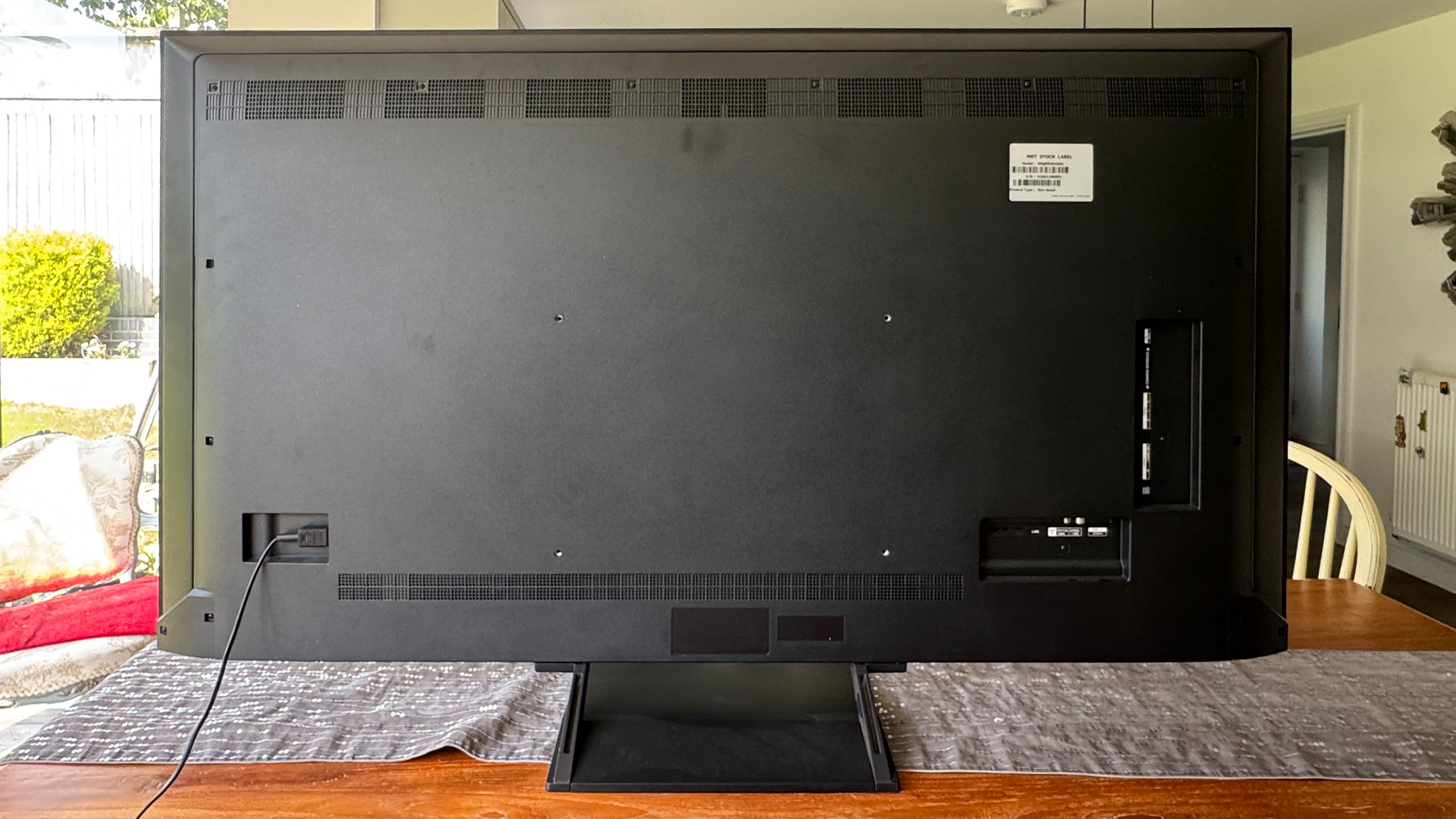
The LG QNED93 incorporates AI Sound Pro processing, promising virtual 9.1.2-channel reproduction with WOW Orchestra integration for compatible soundbars. However, the built-in speakers exhibit severe performance limitations, breaking down into buzzing, crackling, and humming interference at moderate volume levels. These distortion issues affect all audio modes.
Sony's Bravia 7 features a 40W Acoustic Multi-Audio system with four speakers – two full-range bass reflex drivers and two tweeters. The system creates effective soundstage projection away from the television chassis, with clean and detailed placement. Audio auto-calibration optimises room acoustics, and the speakers maintain clarity under pressure without distortion collapse.
In short, the Sony delivers significantly superior built-in audio performance, as with all TVs, both models would benefit from a dedicated external audio setup, like one of the best soundbars.
**Winner: Sony Bravia 7**
LG C5 vs Sony Bravia 8: verdict
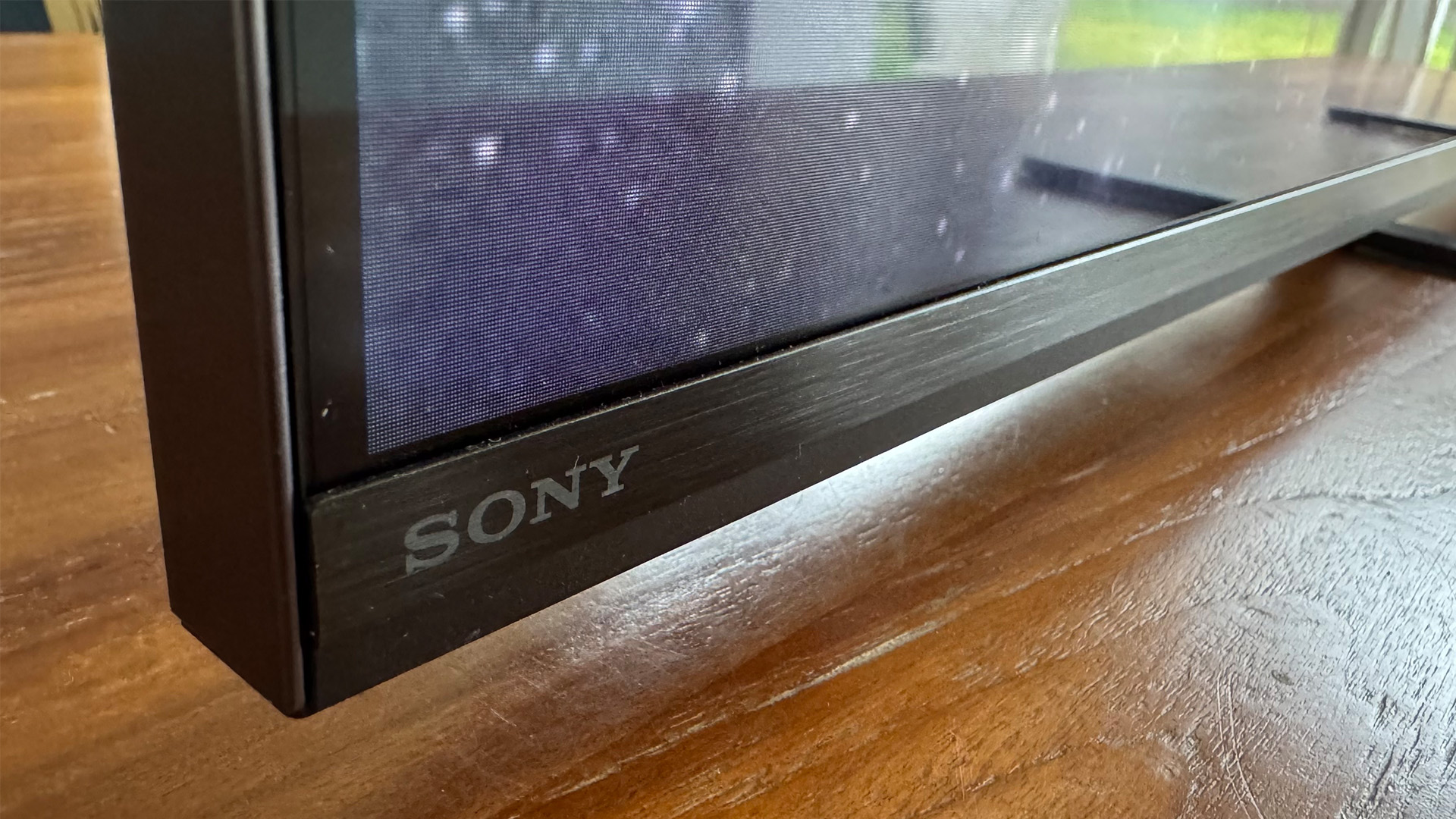
The LG QNED93 is a clear step forward for the brand's LCD ambitions, but with important caveats. Only the 65-inch model gets the VA panel that enables its impressive contrast – choose any other size and you're back to traditional LG LCD limitations. Even with the 65-inch model, minor picture inconsistencies and genuinely poor built-in audio prevent it from being a five-star product.
The Sony Bravia 7, on the other hand, delivers the consistent, reliable performance that makes for satisfying long-term ownership. Its superior backlight control, functional audio, and complete smart platform make it the safer choice for most buyers.
For most people, then, Sony's more complete package wins out. But if you’re specifically after 65-inch gaming excellence with proper blacks, LG has delivered a non-OLED set that’s worth considering.
** Overall Winner** Sony Bravia 7

You must confirm your public display name before commenting
Please logout and then login again, you will then be prompted to enter your display name.
